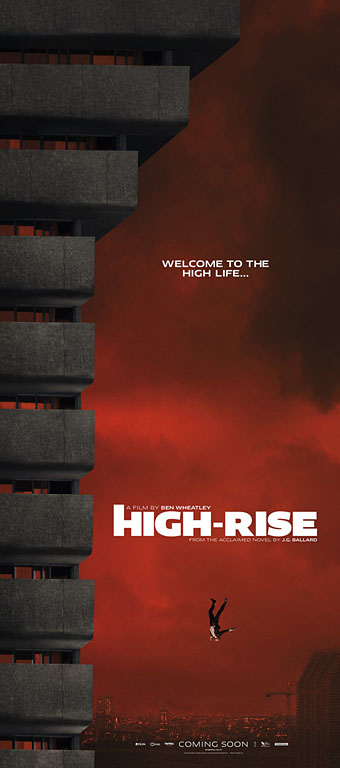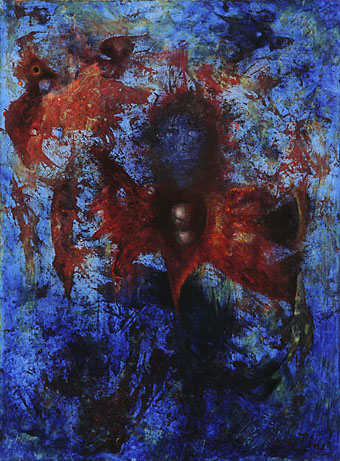
Starman (2016) by Nyahzul Blanco. From the Saint Bowie exhibition at Stephen Romano Gallery, NY.
• “…[Dashiel] Hammett’s first-hand experience of political sleaze, industrial violence and the everyday routine of an agent allowed for a realism that brought hard-boiled fiction to new heights.” Oliver Harris reviews a new life of Hammett, a history of the American detective, and a study of film noir.
• Mixes of the week: Secret Thirteen Mix 177 by Vladislav Dobrovolski, The After-School Club by Melmoth The Wanderer, and Perfect Monolake by Rich Ears.
• Inside High-Rise: product designs by Michael Eaton and Felicity Hickson for Ben Wheatley’s feature film.
Yeats is not the only respected writer to make use of the tarot: Italo Calvino, Salvador Dalí, and even Charles Williams, a novelist and theologian who belonged to the Inklings literary circle, also drew on the cards. Still, the cards remain firmly associated with the occult—and, while [Jessa] Crispin is sympathetic to that tradition, she aims to bring tarot to those who may be skeptical of that way of thinking. Her references are more literary than arcane.
Peter Bebergal talks to Jessa Crispin about making the Tarot literary again
• Legowelt’s best free paranormal synth samples, occult instruments and lo-fi effects.
• At Dangerous Minds: a smorgasbord of sorcerous bad taste via Vintage Occult.
• Free download: Cavern of Anti-Matter live at Acad, Berlin, 2015.
• Conversing with your Subconscious: The Art of Adrian Cherry.
• Diagonal Science is the debut album from Black Helicopters.
• 111 Photographs of 111 Westminster Street in Providence, RI.
• More magick: occult documentaries of the 1970s.
• A Bosch-themed fashion feature by Tim Walker.
• Dark Star (1984) by Harold Budd | Dark Start (1994) by ELpH vs Coil | Dark Star Blues (2004) by Acid Mothers Temple & The Melting Paraiso U.F.O.





